What is Posture?
Posture is typically defined as the position in which you hold your body upright against gravity while standing still or lying down. Even if you’re at rest, different parts of your body need to work to maintain stability. The word “Posture” is derived from the Latin “ponere” which means to put or to place. Many people trace today’s fascination with posture back to Roman Aristocrats and even earlier. Perhaps this is the reason we associate good posture with confidence, respect and authority? Are the benefits to having “good” posture purely aesthetic? Aristotle argued that erect posture is a necessary condition for unimpeded observation into the heavens. Plato built on this belief later, but this would suggest a philosophical motive for us to consider, rather than keeping our backs straight to avoid or cause physical pain.
Posture is broken down into 2 categories:
Dynamic Posture
This is the way in which you hold yourself when you are moving. Walking and Running are good examples of this and we all move differently. Ultimately, your posture is the foundation you create in order to move as efficiently as possible. Muscles and fixed structures must adapt to changes in your environment when moving.
Static Posture
This is how you hold yourself when you’re not moving, when you’re sitting or standing for example. We achieve this by aligning different body parts and maintaining a certain position. Different muscle groups coordinate and interact to counterbalance gravity and other forces. As a result of this, simply holding any given posture for a long time can become very tiring.

What is “Good” Posture?
The supposed key to good posture is the position of the spine. The spine has three natural curves, just as your spine as three connected sections. It’s said that “correct” posture will maintain these curves but not increase them. Your head should be above your shoulders, where you shoulders are above your hips. In a perfect world, according to some of the literature on this topic, the line of gravity should pass through specific body parts in a straight line. By the late 19th century, this line became known as “The Plumb Line” in medical literature. The line would bisect your body into two equal halves, as you can see from the diagram below (taken from Physiopedia).
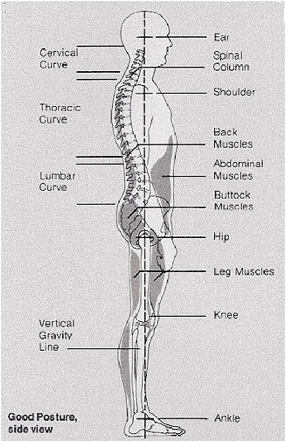
… and what about “Bad” Posture?
The traditionalists in the field assert that poor posture can have adverse health effects. They argue that slouching or slumping can misalign your musculoskeletal system, increasing the pressure on the spine, making it more susceptible to injury or degeneration. The most common argument is that poor posture will invariably increase pain (especially back pain) by exacerbating current issues or creating new ones. Lordosis and Kyphosis are examples of postures that many health and fitness professionals have labeled as “faulty”. These are all instances where the curvature of the spine extends beyond the standard range.
Guidance on how to solve these so called imperfections is certainly varied. More sensible advice on the topic, such as staying active, wearing comfortable shoes, taking regular breaks from your work station are all sentiments we not only agree with, but would also recommend. However, we would encourage people to do these things for the good of their overall health, irrespective of how they sit or stand.
Posture in Sport
I mentioned earlier that dynamic posture is how you form a foundation to move, or execute a movement in the most efficient manner possible. Both Researchers and Instagram Influencers alike continue to contradict each other daily, each giving their best response to the question; “Is there a direct correlation between body asymmetry and injury?”. If you are playing a sport and training intensively, your body is likely going to change and adapt. Many sports will result in you overloading certain muscle groups, which can lead to a change in posture given enough repetition. That’s not to say that there’s an optimal posture for any given sport or activity. Therefore, we can’t say that there’s an optimal posture for injury prevention.
Tennis
A sport that requires multiple asymmetrical techniques, such as the serve. Perhaps you also have a one-handed backhand? Difference in muscle tone and length can apparently increase the asymmetry of the spine. Overuse causes many injuries in Tennis but asymmetry is something Nadal actually embraces.
Swimming
Kyphosis is very common amongst swimmers. The regular curve in the middle section of vertebral column (the thoracic vertebrae) is more curved than usual, making the back appear rounded. Michael Phelps is often seen with this head forward posture, but the Flying Fish has won 23 Gold Medals. Just sayin’.
Power Lifting
Lordosis is often seen amongst power athletes. This is an excessive inward curve of the lumbar spine. This can make the buttocks appear more prominent. There is no evidence to suggest that Deadlifting, for example, with Anterior Pelvic Tilt or even rounded shoulders will increase you risk of injury. Lifting too much too soon will.
Ballet
Although not technically a sport, ballet is an art form. “Alignment” is a key pillar in contemporary dance, where abdominal muscles work extremely hard to maintain the ever-elusive plumb line. Despite this pursuit of postural excellence, research shows that lumbar spine injuries are amongst the most common in Ballet.
Consciously trying to change
When it comes to self-development, there are few things worth doing that don’t require a conscious effort. When it comes to posture, it won’t matter how much effort you put in, you will more than likely always forget to hold your pose as soon as you begin another task. So unless you plan to devote all your brain power to focusing on your posture, it simply won’t work. Posture Correctors for example, can allow you to hold a position, in the same way a crutch would help you to move with an injured leg. This may allow you to de-load muscles whilst wearing one. And although they can “improve” your posture in the short term, they are most certainly not long term or permanent solutions. Posture is something that develops gradually over time. You can practice and exercise to work towards change, but the real question remains “Which posture is best for me?”.
The Best Posture Is Always The Next One
Research to date has shown that there is no relationship between any postural factors, including the shapes of our backs, asymmetries and the way we bend our spine, to that of developing back pain. There is no relationship between sitting and developing back pain. Yes, if you already have back pain, you may feel it worsen when sitting, but it’s not the cause. We have evolved to be able to bend and lift, and these activities are not only safe but beneficial to our spines. We should have no fear. If you don’t have back pain, then don’t worry about your posture. Sleep, stress, emotional anxiety and other factors are more important than the lifting you do. Stress plays a major role, where muscles become tense and nerves irritated.
However, if you have back pain, then your posture may affect it. Sitting for a long time is best avoided. If you WFH, you should get up every 15-30 minutes and move around. Make sure your workstation is as comfortable as possible. Buy yourself a nice chair and adjust your screen to a height you prefer. Don’t worry about ergonomic excellence.
If you have chronic pain, we recommend physiotherapy to regain your confidence. Physiotherapists do observe posture. They observe both static posture and dynamic postures with respect to load management and your overall tolerance. Observing you move can be much more fruitful to your recovery than attempting to correct “postural faults”. The same is true for MRI results. An MRI provides useful and beneficial information but remains just one aspect about what you’re experiencing. Pain is simply a signal. But it doesn’t necessarily mean any evidence of structural damage. Trial and Error is key to becoming strong and expanding your comfort zone.
Your body is strong and the spine in particular, is a very resilient structure that is built to bend and twist. The reason for so many quotation marks in this post is to express how we all perceive “good” and “bad” differently. Only you know your body, life and personal situation. There are no standard spines or levels of pain, only your own.

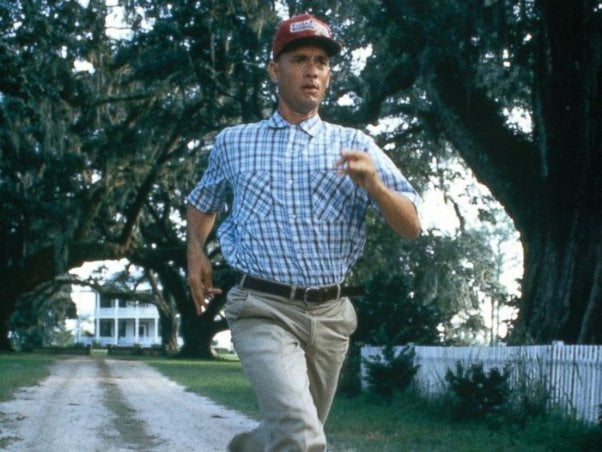

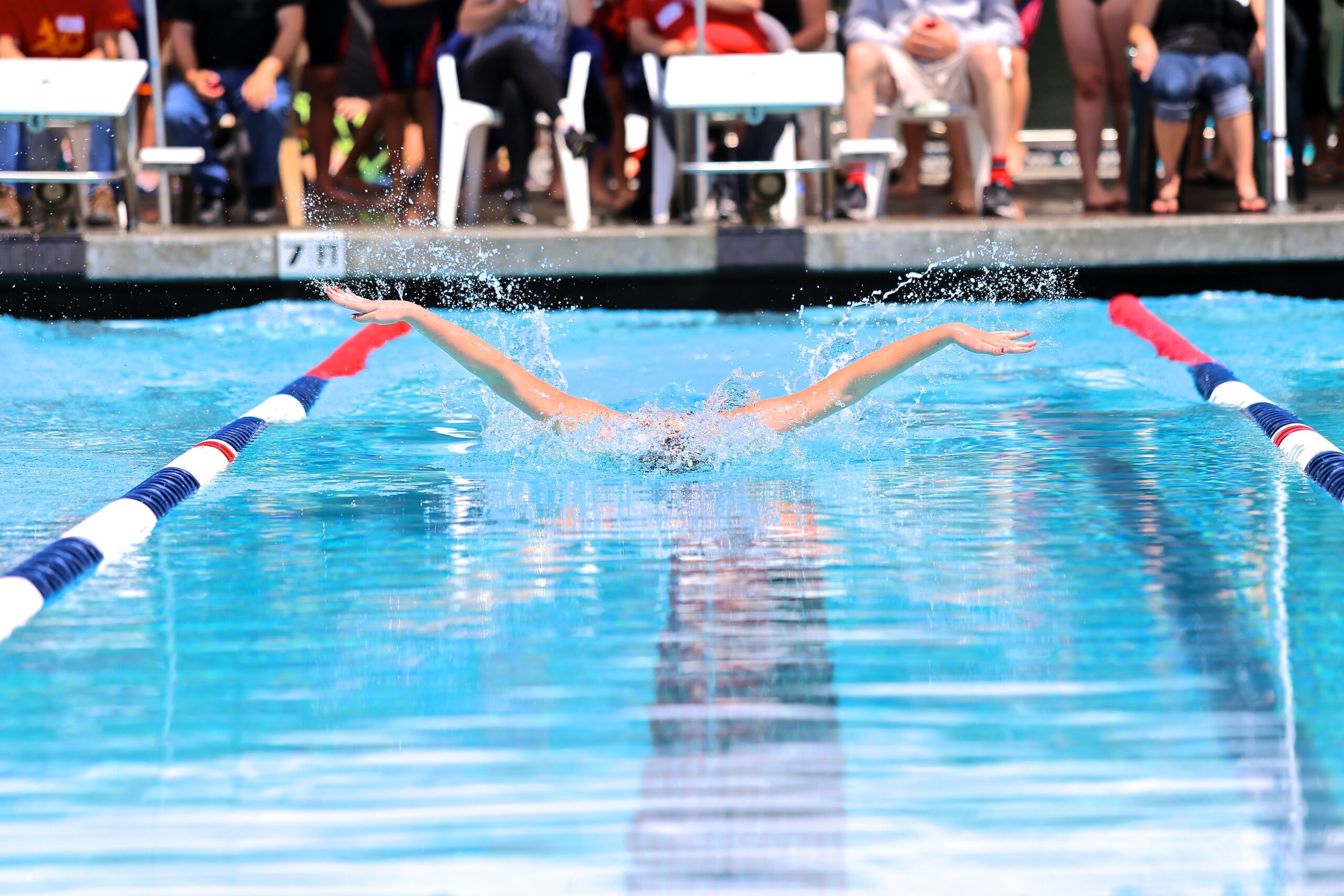
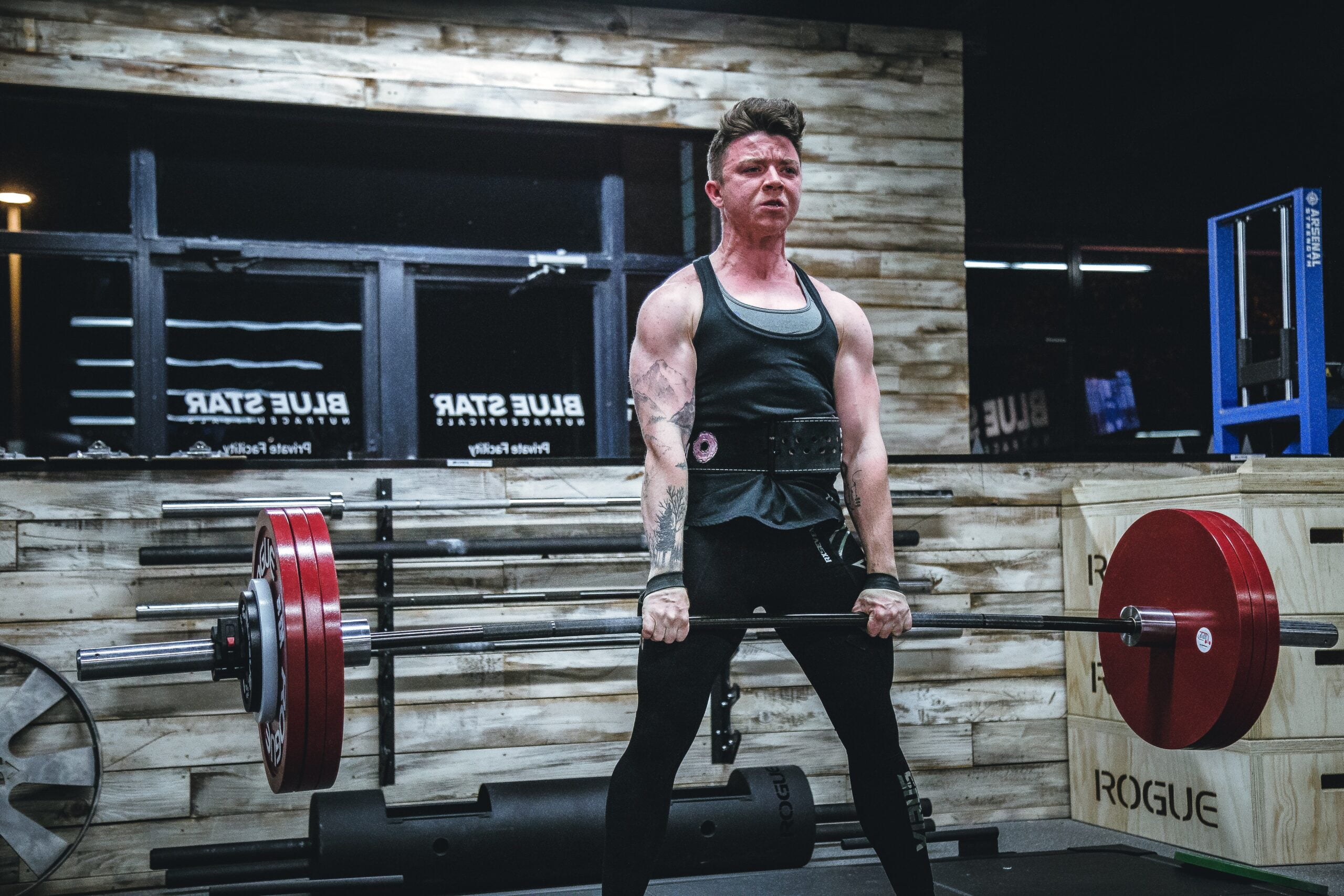
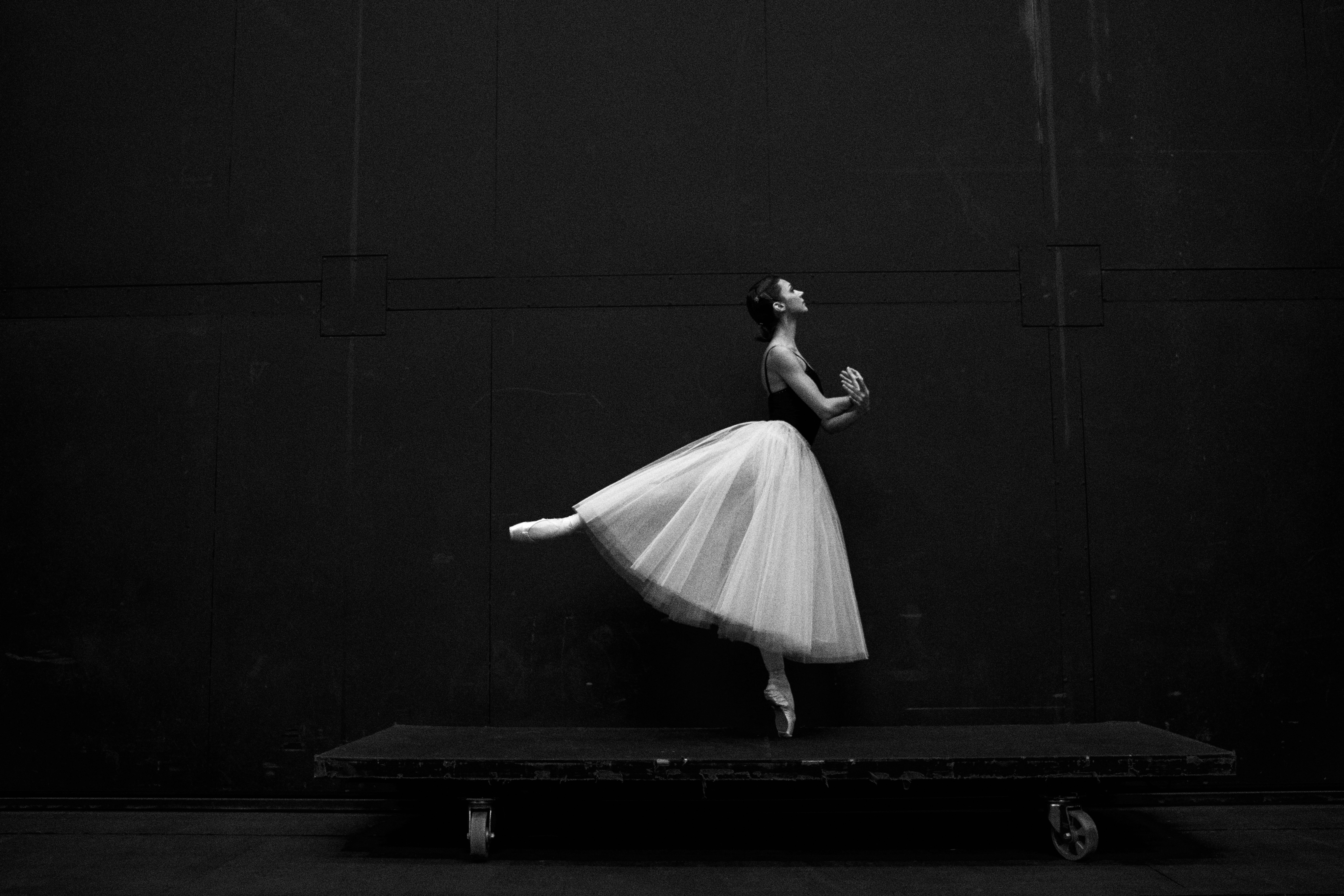

0 Comments